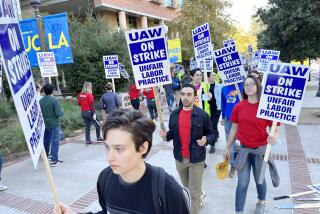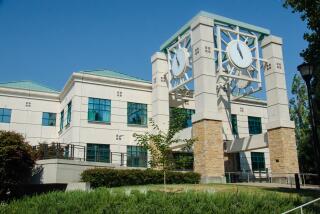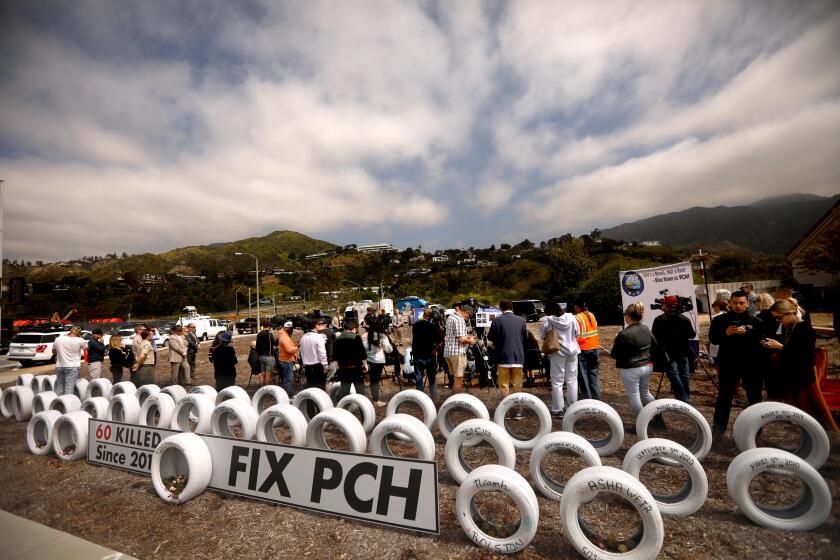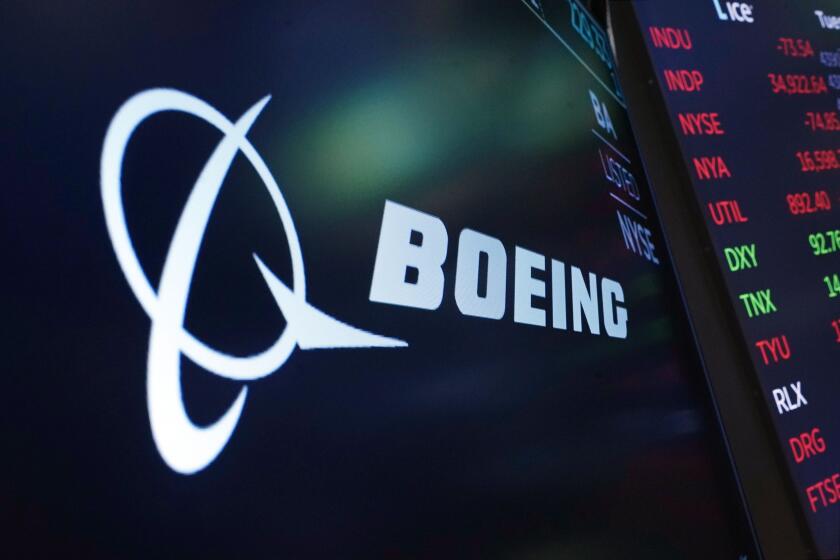Selling the Benefits of Car Pools to Commuters
In the battle for drivers on the Costa Mesa Freeway, the people who market ride-sharing with slick slogans and bright brochures had Tim Banks of Riverside just where they wanted him--in the car-pool lane.
Banks, a recording studio engineer, drove the car-pool lane for several months and came away convinced that the lanes enable the freeway to “carry more people, faster.”
But now Banks won’t go near the lane.
“I was driving down the lane last July, when all of a sudden somebody next to me jumped into the lane and hit us,” Banks said. “The whole side of my car was smashed. . . . We decided we would be better off stuck in stop-and-go traffic.
“It’s like a video game out there. You’re dodging missiles and space ships. But you can lose a lot more than a game if you get hit in the car-pool lane.”
Abandoned Ride-Sharing
Only last week, Banks and a co-worker abandoned ride-sharing altogether. “I just decided I didn’t like it,” he explained. “It just wasn’t convenient.”
“Convenience is the big issue when it comes to marketing commuter lanes and ride-sharing,” said former Orange County transit director Al Hollinden. “If people would only learn to brown bag it for lunch instead of going out, we’d be able to solve many of our traffic problems.”
The fear of having to wait an extra hour for a car-pool partner who stays late to finish a project, or of not being able run errands during the day or on the way home, is a major obstacle to the formation of car pools, studies show.
Thus, some transportation officials believe car-pool lanes (and ride-sharing generally) must not be sold to the public using environmental or other “do-gooder” arguments.
Costly advertising campaigns don’t work either, because the message gets wasted on too many people who cannot take advantage of the special lanes, often for legitimate reasons, including job locations.
Thus, “effective marketing campaigns are solution-oriented,” said San Francisco-based Eunice Valentine, executive director of RIDES for Bay Area Commuters. “Nobody really wants to spend three or four hours a day stopped in traffic. . . . So the average savings of time is the solution we talk about most.”
The point is made in brochures with slogans such as “How to Go 55 on the 55” and “Beat Urban Crawl.”
Cultivating Companies
Commuter Network Manager Gary W. Edson and other transportation officials say money is best spent on cultivating companies who employ more than 100 workers. Commuter Network, a unit of the Orange County Transit District, is the agency that coordinates ride-sharing in Orange County.
“Employers not only have access to employees but the facilities that employees use. They can provide incentives, such as a reserved parking space next to the front door, or flexible work hours so (workers) can come and go at times that make ride sharing easier,” Edson said.
The overall strategy: Persuade employers to encourage car-pooling. When enough employees are doing it, get them to consolidate into van pools. Once there are enough vans filled up to justify going to the next step, establish Orange County Transit District express bus service and take some of the vans off the road.
Edson complains that most attempts to mass-market use of commuter lanes fail because they’re based on the erroneous theory that you can change drivers’ behavior by changing their attitudes.
Edson argues that it takes a specific catalyst, such as a car breakdown or a company’s incentive program, to influence commuting behavior.
Sam Cakawarti, a research and design engineer at American Edwards Laboratories in Irvine, said the “event” that triggered his switch to car-pooling was a company ride-sharing survey and promotion effort. “I started to make inquiries after the survey,” Cakawarti said. “And I became so enthusiastic that I’ve been helping other people form car pools. . . . I love the commuter lane on (California) 55.”
Commuter Network administrator John Riemers said Tim Banks’ decision to quit car-pooling last week proves that events--in Bank’s case an accident--shape drivers’ attitudes and behavior, not mass-appeal advertising.
One major Orange County employer, however, has persuaded 45% of its work force to share rides, Edson said. And where do these chummy drivers work?
At the Auto Club.
More to Read
Start your day right
Sign up for Essential California for news, features and recommendations from the L.A. Times and beyond in your inbox six days a week.
You may occasionally receive promotional content from the Los Angeles Times.






